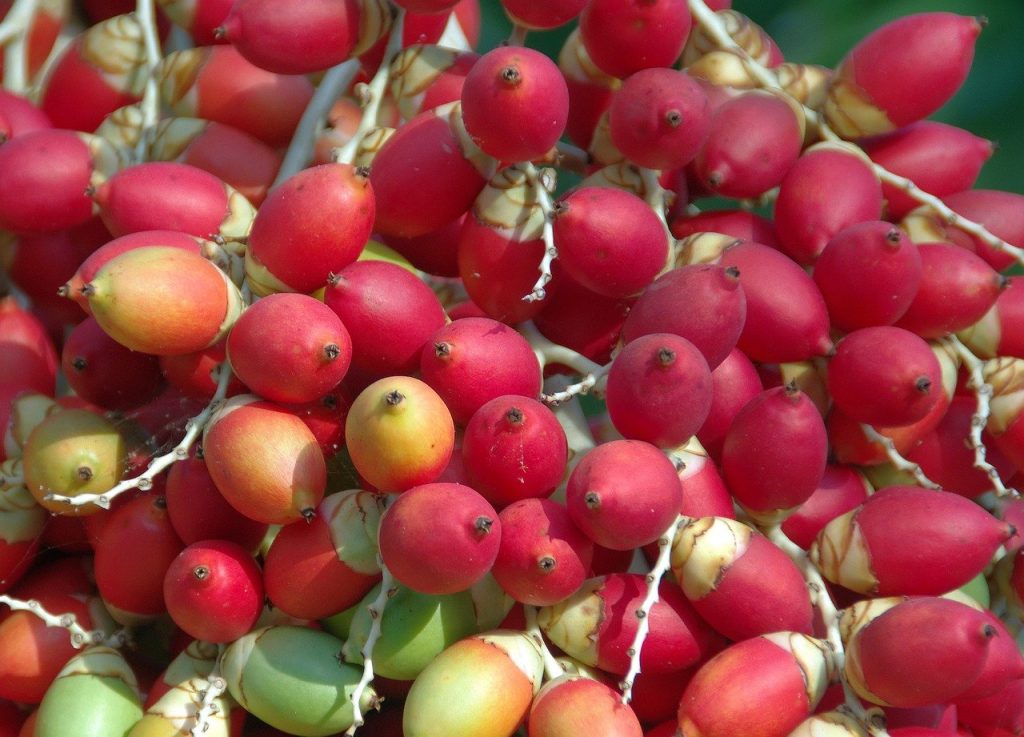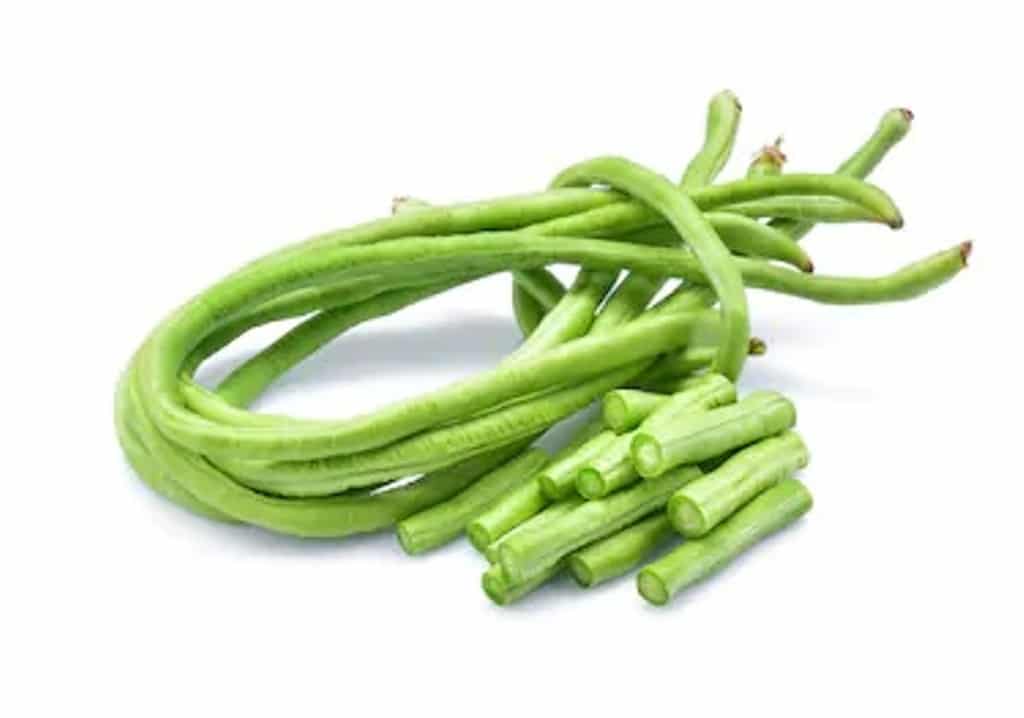[Article updated on 19/09/2023]
Vegetables and fruits are an important part of a healthy, balanced and varied diet. A diet rich in vegetables and fruits can lower blood pressure and reduce the risk of heart disease and stroke. Eating fruits and vegetables may help prevent certain types of cancer, reduce the risk of eye and digestive problems, and have a positive effect on blood sugar levels, which can help keep appetite under control. Is there at least one vegetable or fruit in D? This is what you will discover in a few seconds!
Fruits in “d”
Two fruits have names that start with “d.” These are dates and durian.

The date, succulent fruit (in d)
The date is a fairly high-calorie food. 100 grams of dates contain around 270 calories which are mainly provided by the 65 grams of sugars they contain. However, these sugars do not pass quickly into the bloodstream due to the large amount of fiber contained in this fruit. In 100 grams of dates there are 11 grams of soluble and insoluble fiber. This fiber makes dates less harmful than other dried fruits that don’t have as much fiber.
Dates are very rich in potassium. 100 grams contain 650 mg of potassium. Dates contain moderate amounts of phosphorus, calcium and magnesium. They also contain B vitamins, vitamin C and provitamin A (beta-carotenes).
Eating these fruits helps us fight and prevent heart diseases. The fibers they contain bind fats and cholesterol and eliminate them from the body. Eating one to three dates a day can help prevent nervous disorders such as anxiety or mild depression.
Durian, a fruit in d
Durian or durio is the fruit of Durio zibethinus, a tree belonging to the Malvaceae family and native to Southeast Asia. This fruit is slightly oval. It is about 30 cm wide and covered in impressive thorns. The fruit can weigh between 1 and 7 kilograms.
The edible flesh emits a distinctive odor that is strong and penetrating. Some people find this scent pleasantly sweet; while others find it nauseating and repulsive. The smell evokes reactions ranging from deep appreciation to intense disgust.
Despite these contrasting reactions, durian is naturally rich in iron, vitamin C and potassium. Consuming this “d” fruit improves muscle strength, skin health and even lowers blood pressure. Additionally, one serving of durian contains 23g of dietary fiber, which covers almost all of your daily nutritional needs.
Durian, this fruit, is also rich in healthy plant compounds, such as anthocyanins, carotenoids, polyphenols and flavonoids. This nutritional profile makes durian one of the most nutritious fruits in the world.
Vegetables starting with “d”
Two vegetables have names starting with “d”. These are the asparagus cowpea and the Egyptian cowpea.
The asparagus pea
The asparagus pea (Vigna unguiculata subsp. Sesquipedalis) is a legume. A variety of cowpea, the asparagus cowpea is cultivated mainly for its immature green pods with a striking length of 35 to 75 centimeters. It has very similar uses to green beans.

The crunchy, tender pods are eaten both fresh and cooked. They are best when they are young and thin. They are sometimes cut into short sections for cooking. In the West Indies, they are very often sautéed with potatoes and shrimp. In India, they are used in a variety of dishes.
In a 100-gram serving of cowpea-asparagus, there are 47 calories, 4 mg of sodium, 8 grams of total carbohydrates, and 3 grams of protein. This “d” vegetable contains no fat or cholesterol. Cowpeas are loaded with antioxidant, antibacterial, antiviral and anti-cancer properties. They contain beta-carotene, vitamins B1 and B2, chlorophyll, riboflavin, phosphorus, thiamine, fiber, iron and pectin.
The Egyptian cowpea
The Egyptian cowpea (Lablab purpureus) or lalab is a legume native to India. The fruits and seeds of this bean are edible if boiled well with several changes of water. Otherwise, they are toxic due to the presence of cyanogenic glycosides. The leaves of this “d” vegetable are eaten raw or cooked like spinach. The flowers can be eaten raw or steamed. The root can be boiled or baked. The seeds are used to make tofu and tempeh.
Raw, unripe Egyptian pea pods contain only 46 calories per 100 g; while dry mature seeds contain 344 calories. The dried seeds of the Egyptian pea are indeed a very good source of dietary fiber. Dietary fiber reduces blood cholesterol levels by increasing the reabsorption of cholesterol-binding bile acids in the colon.
Dried Egyptian peas are one of the best sources of B vitamins. It contains vitamins like thiamine, pyridoxine, riboflavin, pantothenic acid, folate and niacin.
